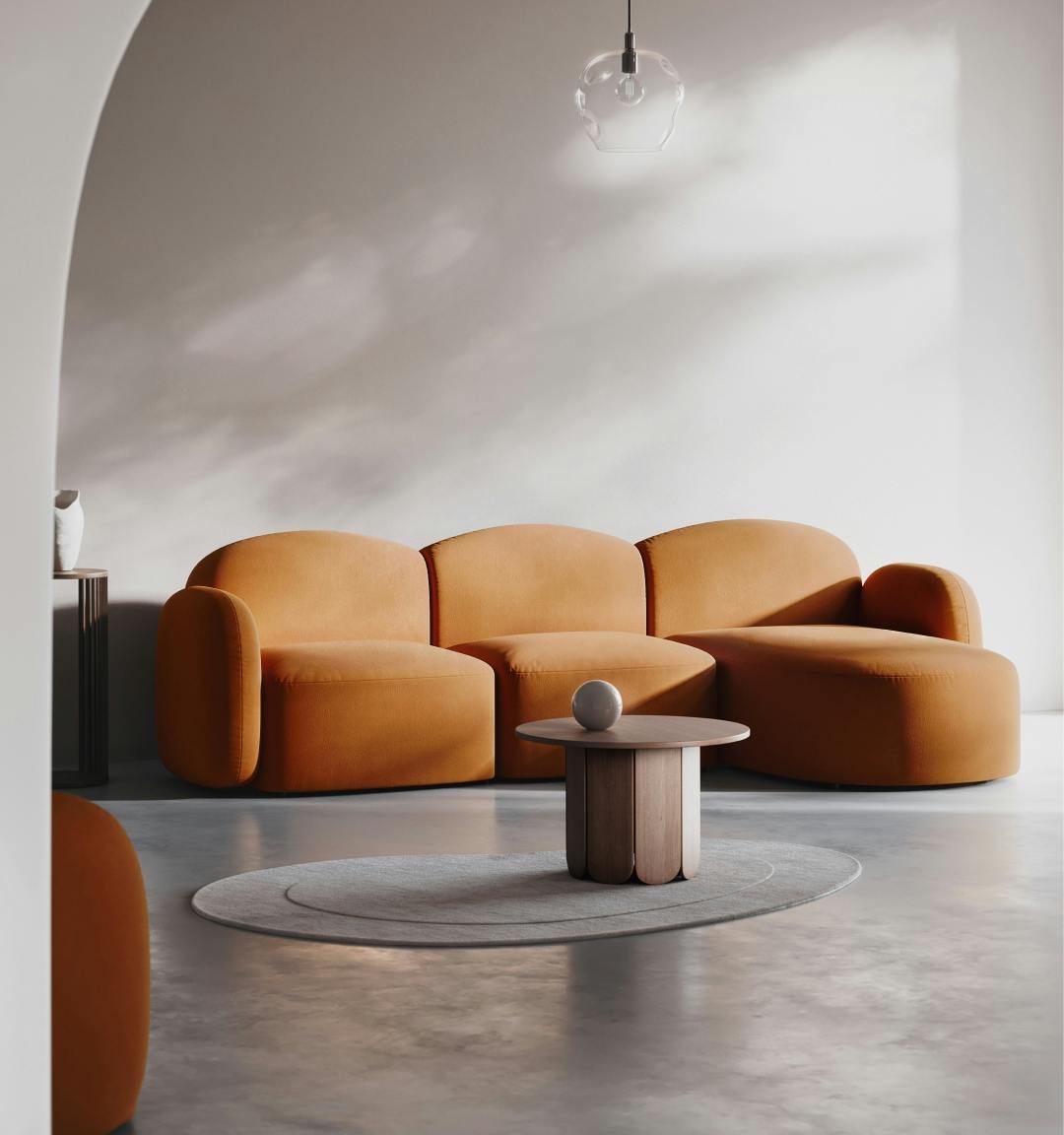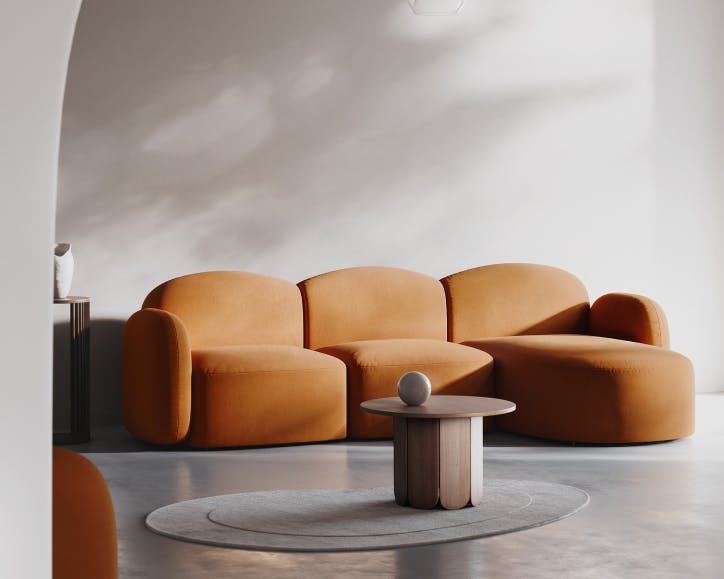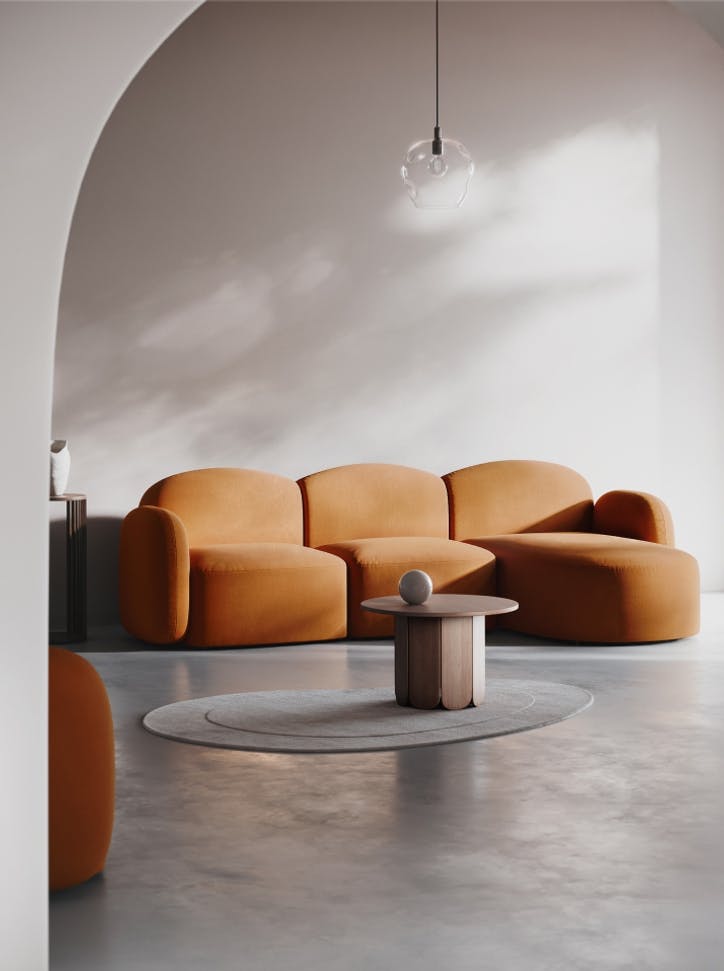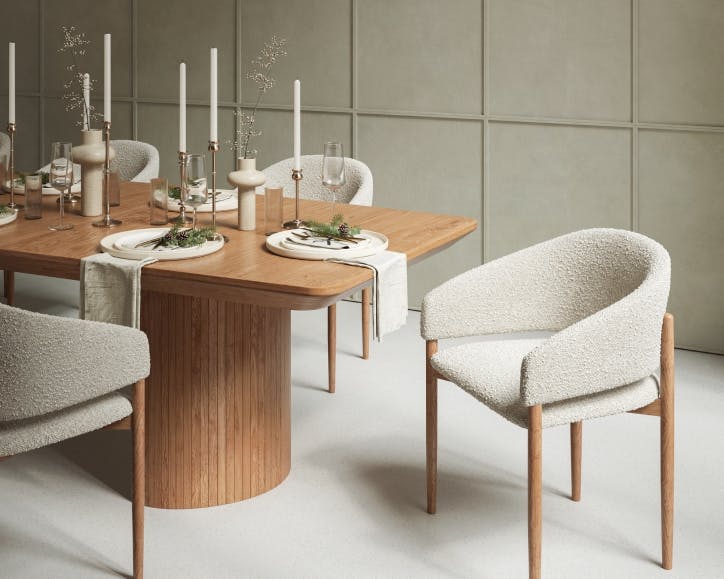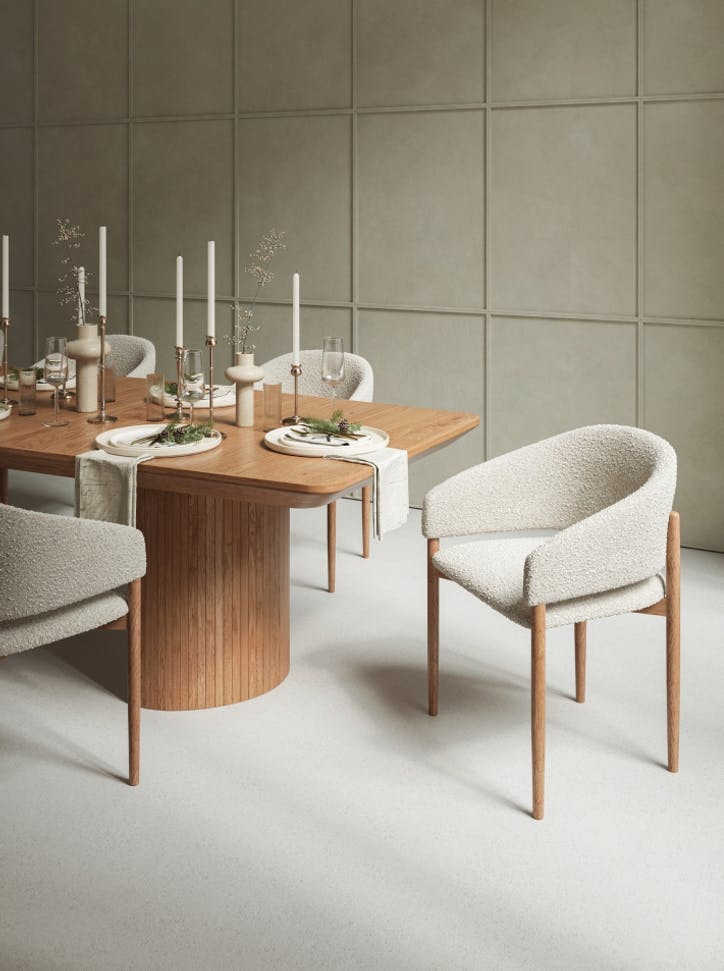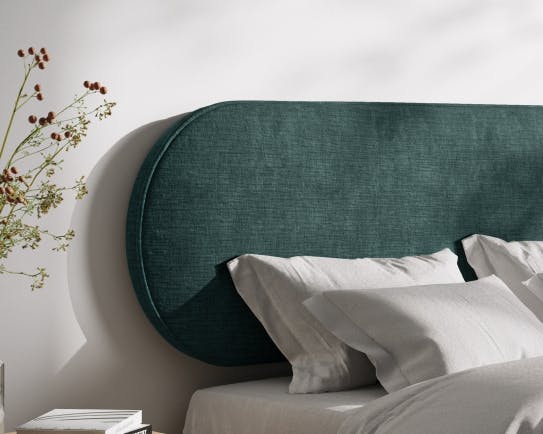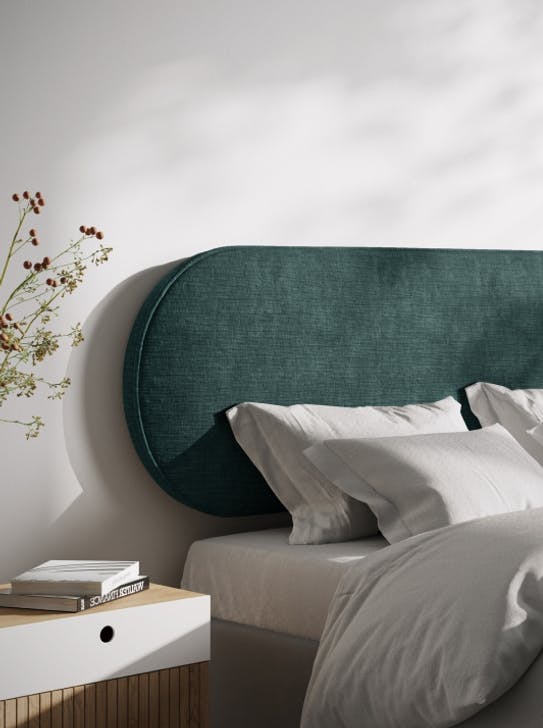
Choose Plants for Home Decor
In interior design, integrating plants is more than just a stylistic choice—it's a way to breathe life into living space. "Green Elegance" encapsulates the seamless blend of flora with modern design elements, emphasizing how plants not only enhance the aesthetic of a room but also contribute to the well-being and environmental quality of indoor spaces. Research has shown that plants can reduce stress, improve mood, and increase productivity. This guide explores the strategic use of plants to create a sophisticated and refreshing atmosphere in any home or office.
Design Excellence - Consider the Style and Atmosphere
When introducing plants into your home decor, it's not just about adding greenery. In biophilic design, it's crucial to consider the overall style and atmosphere you aim to achieve. Whether your space is minimalistic, bohemian, or modern, each plant should enhance the existing decor.
Minimalistic Design
For a minimalistic design, opt for structured and sculptural plants like snake plants or large, leafy monstera. These plants provide a striking yet clean look that aligns well with the simplicity of minimalism.
Bohemian Style
Bohemian spaces, on the other hand, can be filled with cascading plants like a string of pearls or ivy, which add whimsy and a touch of nature's unpredictability. These plants complement the eclectic and free-spirited vibe of bohemian decor.
Modern Aesthetics
In modern interiors, plants like the fiddle leaf fig or the sleek ZZ plant can serve as statement pieces that add a touch of green elegance to contemporary designs. Their bold shapes and vibrant organic form contrast beautifully with modern furnishings and finishes.
Strategic Placement of Plants in Your Home
The placement of plants within an interior is key to maximizing their aesthetic and health benefits. Large floor-standing plants can serve as focal points in a room or help soften the harsh lines of large furniture. Consider placing a tall plant like a fiddle leaf fig in a corner of your living room to add height and drama. Smaller plants, like succulents or air plants, are perfect for shelves or desks, adding a pop of green without taking up too much space.
Examples:
- Corners: Placing a tall plant in a corner can draw the eye upward, adding dimension to the space.
- Shelves and Desks: A row of succulents on a windowsill can create a charming display, while air plants on a bookshelf add interest without overcrowding.
- Light Requirements: Consider the light requirements of each plant to ensure they thrive. For example, place a fiddle leaf fig near a sunny window with natural light or keep low-light-tolerant ferns in darker corners.
Using Low-Maintenance Plants for Decorating Your Home
Don't be deterred by the thought of incorporating plants into your design. It's not about increasing your daily chores. Opt for low-maintenance plants that require minimal watering and care, especially if you're not a seasoned gardener.
Low-Maintenance Options:
- Succulents and Cacti: These plants require little water and thrive in bright light, making them ideal for sunny spots.
- Spider Plants: Adaptable to various light conditions and resilient, spider plants are great for beginners.
- Snake Plants: Known for their air-purifying qualities and low maintenance, snake plants are perfect for busy individuals.
These plants offer the elegance and freshness of greenery without the need for constant attention, making them ideal for busy individuals or those new to plant care.
Selecting Creative Containers and Planters
The containers and planters you choose play a significant role in integrating plants into your interior design. Creative containers can be statement pieces themselves.
Container Ideas:
- Unconventional Materials: Consider using materials like brass, marble, or handmade ceramic pots that reflect your style. These materials add a touch of luxury and uniqueness to your decor.
- Hanging Planters: These can add height and depth to rooms, creating a dynamic visual effect. Hanging planters are perfect for trailing plants and can be used to fill vertical spaces effectively.
- Custom-Built Planters: Designed to fit into specific spaces, custom-built planters can enhance the overall cohesiveness of the decor. They can be tailored to match the furniture and architectural elements of the room.
Complement Your Plants in Home Decor With Luxury Furniture
To truly embrace green elegance, complement your plants with luxury furniture that reflects sophistication and style. Plants pair beautifully with high-quality materials like leather, velvet, or richly stained wood.
Styling Tips:
- Contrasting Textures: Place a lush palm next to a soft leather sofa to create a contrast that is visually stunning and tactilely inviting.
- Enhancing Color Palettes: A well-placed plant can also enhance the color palette of your furniture, bringing out hidden hues or softening bold colors.
- Integrating Styles: For instance, a mid-century modern chair paired with a vibrant green plant can blend eras and styles seamlessly, creating a cohesive look.
Enhancing Well-being and Air Quality with Indoor Plants
Beyond aesthetics, different types of plants have been proven to enhance well-being. Studies have shown that plants can reduce stress, improve mood, and increase productivity. Here’s how you can use plants to create a healthier living environment:
Health Benefits:
- Air Purification: Plants like spider plants, peace lilies, and snake plants are known for their air-purifying properties, removing toxins from the air and improving indoor air quality.
- Stress Reduction: The presence of plants can create a calming effect, reducing stress and promoting a sense of well-being. Incorporate plants in spaces where relaxation is key, such as bedrooms and living rooms.
- Productivity Boost: In office settings, plants have been shown to increase productivity and creativity. Place plants on your desk or near your workspace to enjoy these benefits.
Creating Themed Plant Displays
To add a unique touch to your green oasis, consider creating themed plant displays. These can serve as conversation starters and focal points in your home.
Theme Ideas:
- Tropical Oasis: Use a variety of tropical plants like palms, ferns, and orchids to create a lush, exotic atmosphere. Complement this theme with rattan furniture and vibrant textiles.
- Desert Retreat: Succulents, cacti, and desert flowers can be arranged to mimic a desert landscape. Use sandy tones and rugged materials like terracotta and stone to enhance the theme.
- Herb Garden: In the kitchen, an herb garden can be both functional and decorative. Grow herbs like basil, thyme, and rosemary in stylish containers for easy access and a fresh look.
Seasonal Plant Decor
Changing your plant decor with the seasons can keep your interior design fresh and dynamic.
Seasonal Ideas:
- Spring: Introduce blooming plants like tulips, daffodils, and hyacinths to celebrate the season of renewal.
- Summer: Tropical plants and bright flowers can bring a lively, sunny vibe to your home.
- Autumn: Use plants with warm hues, like mums and ornamental peppers, to reflect the fall season.
- Winter: Evergreen plants and holly can add a festive touch to your decor during the colder months.
Incorporating Right Plants into Various Rooms
Different rooms in your home can benefit from the addition of plants in unique ways. Here’s how to integrate greenery into various spaces.
Living Room
- Statement Plants: Use large plants like fiddle leaf figs or rubber plants as focal points.
- Shelving: Small plants on shelves can add depth and interest.
Kitchen
- Herb Garden: Grow herbs in pots on the windowsill for both decoration and culinary use.
- Hanging Plants: Utilize hanging planters to save counter space.
Bedroom
- Air-Purifying Plants: Use plants like peace lilies or snake plants to improve air quality and create a calming atmosphere.
- Bedside Plants: Small plants on bedside tables can add a touch of nature.
Bathroom
- Humidity-Loving Plants: Plants like ferns and orchids thrive in the humid environment of a bathroom.
- Shower Plants: Hanging plants in the shower area can create a spa-like feel.
Power of Plants in Home
The power of plants in interior design transcends mere decoration. They infuse spaces with life, helping to purify the air and improve mental health while adding a layer of unmatched aesthetic appeal. By considering the style and atmosphere, strategically placing plants, using low-maintenance varieties, selecting creative containers, and complementing them with luxury furniture, you can achieve a look of green elegance that elevates your interior design. Embrace the transformative power of plants to create a more beautiful, healthful, and serene living environment. Whether you’re a seasoned plant enthusiast or just starting, incorporating plants into your interior design is an enriching endeavor.
Magazine edition
Exclusive Micadoni magazineHow to Remove Pet Hair From a Couch
If you're a pet owner, you're likely all too familiar with the constant battle against pet hair on your furniture. Pets bring joy and companionship, but they also bring a considerable amount of hair t...
Materials and Care
Top 7 Tips For Cleaning Velvet Upholstery
If you are planning to decorate your home with new furniture, then Velvet Furniture is the most recommended choice for you. Sofas with velvet upholstery look more premium than ordinary materials. Velv...
Materials and Care